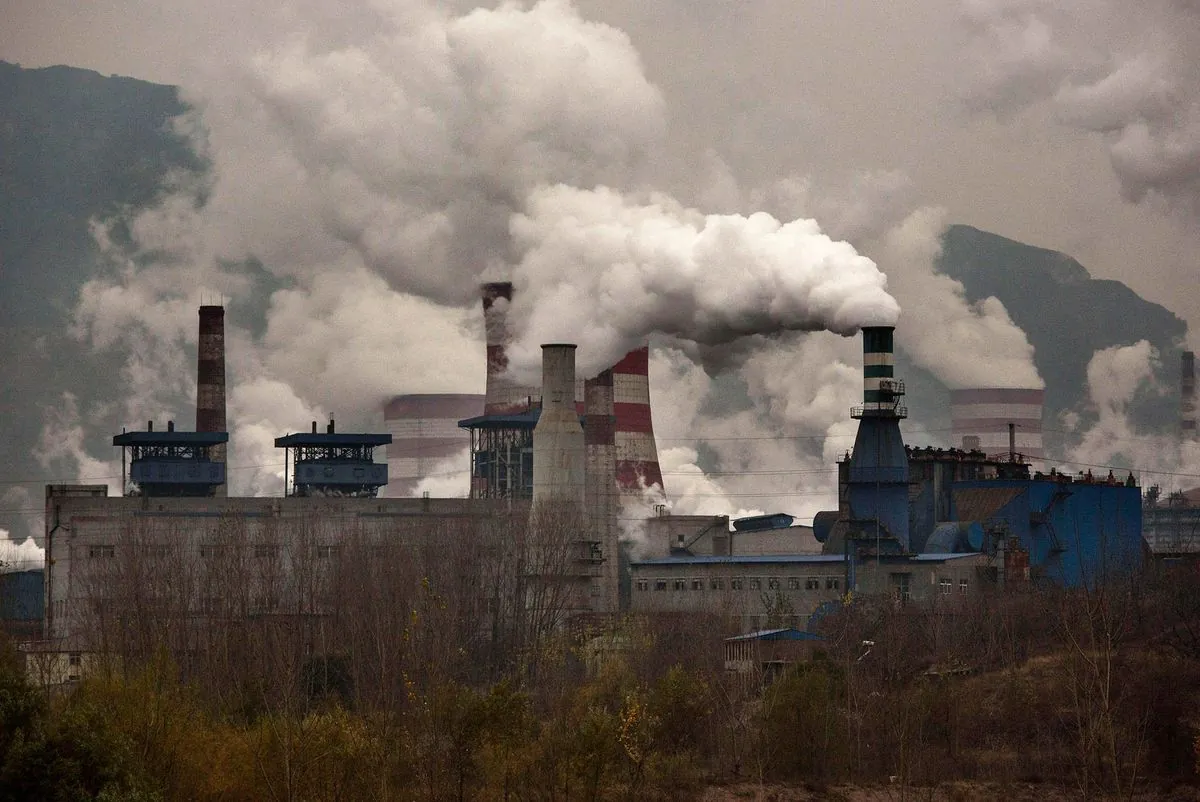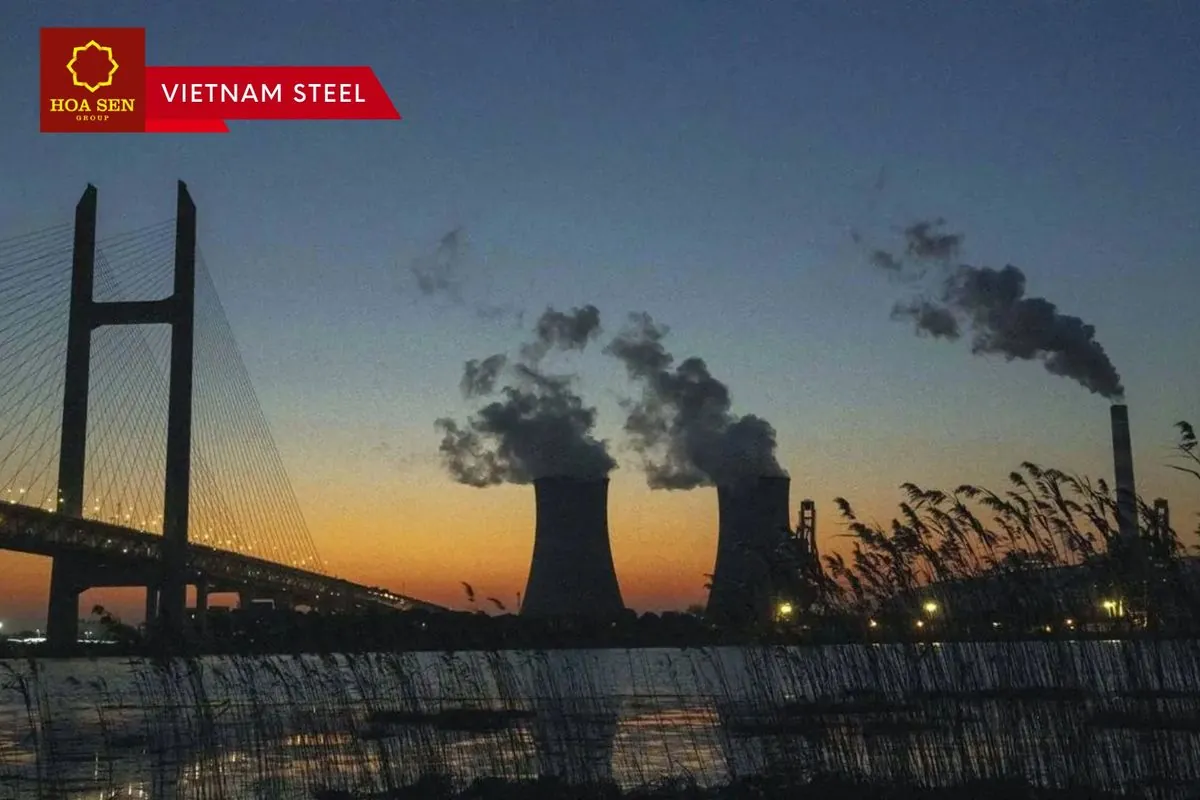China Expands Carbon Market: Cement, Steel, and Aluminium Sectors to Join
China seeks feedback on including cement, steel, and aluminium in its carbon market. The expansion aims to boost liquidity in the world's largest emissions trading system, covering 40% of China's total emissions.

China, the world's largest greenhouse gas emitter, is taking steps to expand its carbon emissions trading scheme (ETS). The government is currently seeking public feedback on a plan to incorporate cement, steel, and aluminium production into the ETS by the end of 2024. This move is expected to significantly boost market liquidity and further China's efforts to reduce carbon emissions.
China's carbon market consists of two main components: the mandatory ETS and the voluntary China Certified Emission Reduction (CCER) scheme. The ETS, which began trading in July 2021, has quickly become the world's largest emissions trading platform. It currently covers approximately 5.1 billion tons of carbon dioxide equivalent, representing about 40% of China's total emissions.
The ETS operates on a cap-and-trade system, where companies are allocated free certified emission allowances (CEAs) based on industry-specific carbon intensity benchmarks. These benchmarks are gradually reduced over time to encourage emissions reduction. Companies exceeding their quotas must purchase additional allowances, while those emitting less can sell their surplus.

Since its inception, the ETS has seen significant growth. By the end of 2023, the cumulative trading volume reached 442 million tons, with a total value of 24.92 billion yuan ($3.50 billion). The inclusion of the cement, steel, and aluminium sectors is expected to bring an additional 1,500 key emitters and 3 billion tons of emissions under the ETS umbrella.
The expansion is anticipated to increase demand for carbon credits and potentially drive up prices. Notably, the carbon price on the national ETS surpassed 100 yuan per ton for the first time on April 24, 2024, marking a significant milestone in the market's development.
In addition to the ETS, China relaunched its voluntary CCER scheme in January 2024. This market allows for wider participation in carbon trading and provides an additional avenue for companies to offset their emissions. Under current regulations, key emitters can use CCER credits to offset up to 5% of their total emissions.
The Chinese government's long-term plan is to include eight major emitting sectors in the ETS, which together account for 75% of the country's total emissions. These sectors include power generation, steel, building materials, non-ferrous metals, petrochemicals, chemicals, paper, and civil aviation.
As China continues to refine and expand its carbon market, it faces the challenge of balancing economic growth with environmental sustainability. The success of these initiatives will play a crucial role in the country's efforts to meet its climate commitments and transition to a low-carbon economy.
"The expansion of the carbon market to include cement, steel, and aluminium sectors is a significant step towards achieving our climate goals. We believe this will not only boost market liquidity but also encourage these industries to adopt cleaner technologies and practices."
As the world watches China's progress in developing its carbon market, the coming months will be crucial in determining the effectiveness of these new measures and their impact on the country's overall emissions reduction efforts.


































